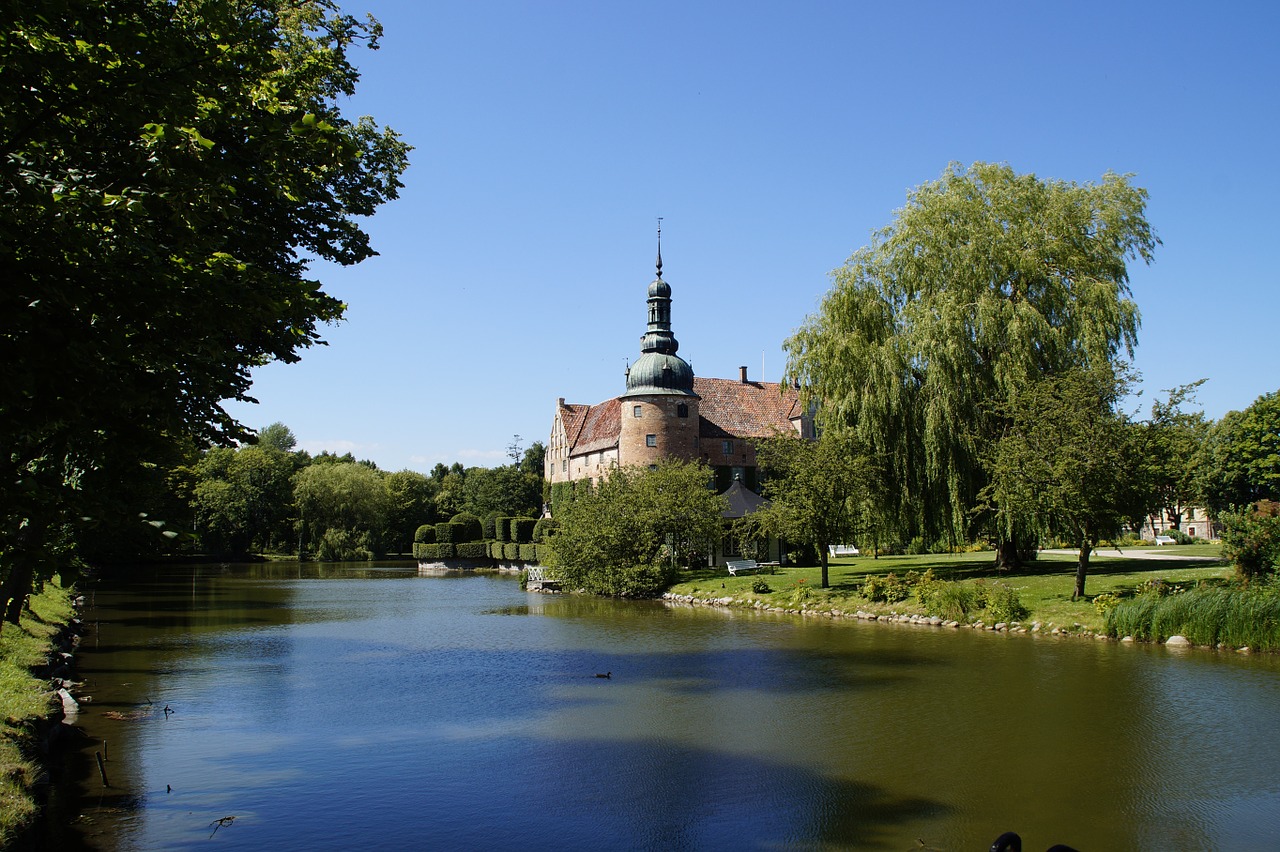What’s wrong with a Celebration Society?

In this world, however much we might wish it otherwise, there is no perfection to be found. Every beautiful thing has its limitations or deficiencies. Even mathematics has Godel’s Incompleteness Theorems.
So, too, must a Celebration Society be imperfect. This is not to say that I regard it as falling short of being utopian, for I actually regard utopian societies as being inferior to a Celebration Society. I have explained in another blog entry why I regard utopian thought as misguided, and why a Celebration Society should never be viewed as utopian. That said, there are further problems that people have identified.
While some critics say that the technology that comprises the Three Pillars of Abundance is insufficiently mature to be reliable, I do not agree with this assessment. Yes, some of the technologies in the book are decidedly speculative or poorly developed. Nevertheless, as stated in the book, we need only one technology for producing abundant matter; another for abundant energy; and a third for abundant organizing intelligence. Those three already exist, in sufficient maturity to be reliable–given aggressive development–in the next decade or two. No serious research questions about them remain. All of the other technologies that might comprise the three pillars should be viewed as backups.
However, there are two other concerns that have been mentioned and that are not so easily refuted. The lesser of these is the argument that there will remain certain kinds of goods and services that remain scarce even in a context of overwhelming abundance, causing jealousy and other problems. I have written about this here:
The greater concern is the discrepancy between the potential rollout of Celebration Societies and the likely arrival of technological unemployment. Researchers at Oxford, B of A, Brookings and Nomura have all projected 40%+ levels of job displacement in advanced countries within 10 – 20 years, with up to 85% losses in poorer countries.
Even with exponential expansion thanks to “pay it forward” cultures, there is no way that we will have sufficient numbers of Celebration Societies up and running in time to deal with such catastrophic changes. My only response is that, if we have a single such society thriving somewhere on Earth by the mid-2020s, then existing governments will likely seek ways to retrofit themselves based on principles of sustainable abundance, out of desperation if nothing else.
However, that result is by no means assured, and I would be the first to admit that I have no idea how to effect such retrofits given the gridlock that’s plain to see in America and elsewhere. (Indeed, this is precisely why I have proposed Dogun as a first such society, to be created on relatively uninhabited land: no retrofitting is required.)
Other and better minds than my own will be needed to address such questions, and any further problems with a Celebration Society yet to be uncovered. All that I know is that when people are sufficiently motivated, and the means to fundamentally reshape existing societies exist and have been proven to be physically viable, then such change will be possible.
Whether it will happen without catastrophic social disruption is another question entirely. But at least we have the chance of averting such catastrophes if we act now to prepare for humanity at least one bright beacon of evidence-based hope.
